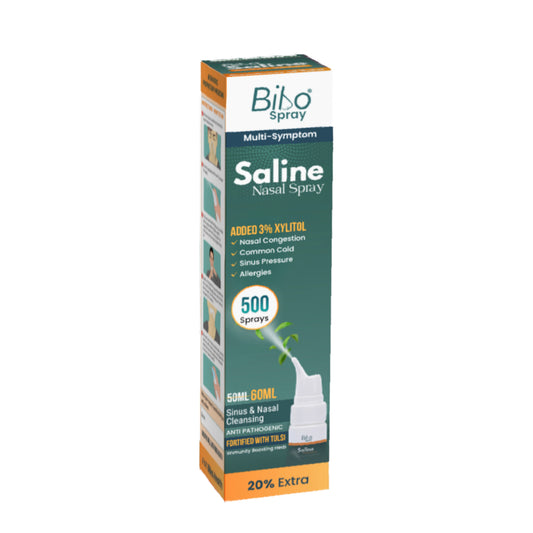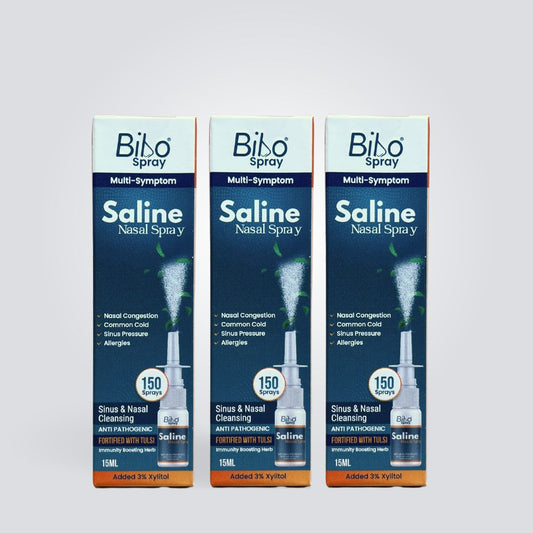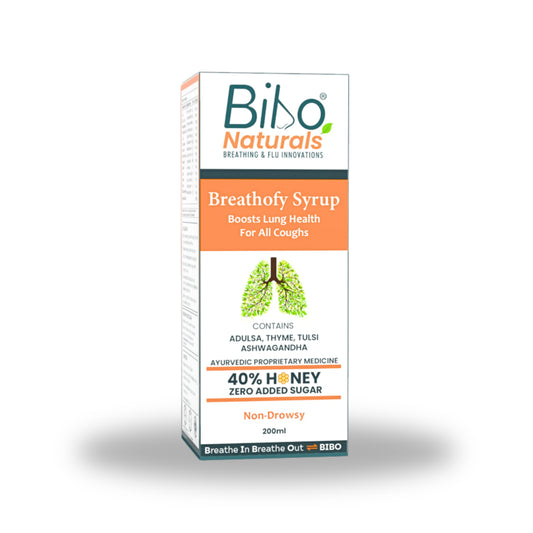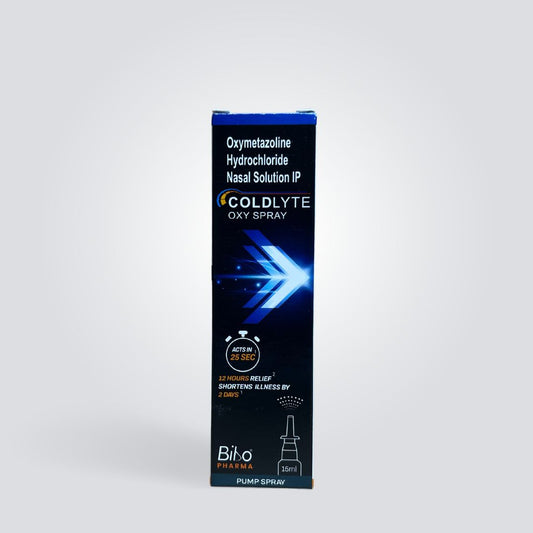
A cobblestone throat, medically known as posterior pharyngitis, is a condition characterized by the appearance of raised bumps or cobblestone-like patterns on the back of the throat. This condition is often associated with underlying causes and can lead to discomfort and irritation. In this blog post, we will explore the causes, symptoms, diagnosis, and treatment options for cobblestone throat to help you better understand this condition.
What causes cobblestone throat?
Cobblestone throat is typically a result of inflammation in the back of the throat. The most common factors that contribute to this inflammation are:
- Allergies: Allergic reactions to environmental triggers like pollen, dust mites, or pet dander can cause throat inflammation, leading to a cobblestone appearance.
- Postnasal drip: When excess mucus from the nasal passages drips down the throat, it can irritate and inflame the pharynx, causing a cobblestone throat.
- Gastroesophageal reflux disease (GERD): Acid reflux, where stomach acid flows back into the oesophagus, can also affect the throat, resulting in inflammation and a cobblestone appearance.
- Viral or bacterial infections: Infections such as strep throat, infectious mononucleosis, or adenovirus can cause throat inflammation and the characteristic cobblestone texture.
- Laryngopharyngeal reflux (LPR): Similar to GERD, LPR is a condition where stomach acid reaches the throat, causing irritation and a cobblestone appearance.
- Chronic pharyngitis: Persistent inflammation of the throat, often due to recurrent infections or irritants, can cause a cobblestone appearance.
What are the symptoms of cobblestone throat?
The presence of a cobblestone throat may be accompanied by various symptoms, which can include:
- Sore throat: Persistent or recurring discomfort and pain in the throat.
- Difficulty swallowing: Swallowing food or liquids may become uncomfortable or painful.
- Postnasal drip: Dripping of mucus from the back of the throat.
- Hoarseness: Changes in the voice, with a raspy or strained quality.
- Redness and swelling: The back of the throat may appear red and swollen.
How is cobblestone throat diagnosed?
If you suspect you have a cobblestone throat, it is important to consult a healthcare professional for an accurate diagnosis. During the examination, the doctor may:
- Perform a throat examination: A visual inspection of the throat using a light and a tongue depressor.
- Collect a throat swab: A sample of throat secretions may be taken to check for bacterial or viral infections.
- Conduct allergy tests: If allergies are suspected, skin tests or blood tests may be conducted to identify specific allergens.
What are the treatment options for cobblestone throat?
The treatment approach for cobblestone throat depends on the underlying cause. Here are some common treatment options:
- Allergy management: Avoiding allergens, using over-the-counter antihistamines, or undergoing allergen immunotherapy (allergy shots) can help reduce throat inflammation caused by allergies.
- Acid reflux management: Lifestyle modifications such as avoiding trigger foods, maintaining a healthy weight, and elevating the head while sleeping can alleviate symptoms associated with acid reflux.
- Symptomatic relief: Over-the-counter pain relievers, throat lozenges, or gargling with warm salt water can help relieve soreness and discomfort.
- Antibiotics: If a bacterial infection, such as strep throat, is the cause of the cobblestone throat, your doctor may prescribe antibiotics.
- Rest and hydration: Adequate rest and staying hydrated can support your body's natural healing process.
Is cobblestone throat dangerous or a serious condition?
Cobblestone throat is not dangerous or serious. It is nothing to worry about. Though the condition may make you feel uncomfortable, it generally resolves in a few days. However, if the symptoms persist and you experience any of the below-mentioned symptoms, it is better to talk to a doctor.
The symptoms include:
- Breathing difficulty
- Neck or face swelling
- Reduced weight
- Difficulty in swallowing
What are some home remedies for cobblestone throat?
- Gargle with warm salt water: Salt water gargling is an age-old practice to deal with a sore throat. It is also known to reduce inflammation in the throat.
- Stay hydrated: Drink plenty of fluids, such as water, herbal teas, and warm soups. Staying hydrated can help thin mucus and ease throat discomfort.
- Steam inhalation: Take steam for 10-15 minutes. This can help moisturize the throat and relieve congestion.
- Honey and lemon: Taking honey and lemon together can be an excellent antibacterial agent. You can drink lemon tea sweetened with honey. Avoid irritants: Stay away from irritants such as cigarette smoke, strong fumes, and pollutants, as they can worsen throat symptoms.
- Humidify the air: Use a humidifier or vaporizer to keep the air moist. This can help alleviate sore throat and dryness in the throat.
- Rest your voice: Avoid excessive talking, yelling, or singing, as it can strain the throat and prolong the healing process.
- Over-the-counter remedies: Over-the-counter throat lozenges or sprays may provide temporary relief by numbing the throat or soothing irritation. Follow the instructions and guidelines provided.
How do I prevent myself from cobblestone throat?
To help prevent or minimize the cobblestone appearance in the throat, you can follow these measures:
- Manage allergies: If you have known allergies, try to manage them by avoiding allergens, using antihistamines or nasal sprays, and receiving allergy shots if necessary.
- Treat underlying conditions like sinusitis: If you have chronic sinusitis, seek appropriate treatment from a healthcare professional. The post-nasal drip caused due to sinusitis can be the reason for your cobblestone throat. Try treatment options like nasal irrigation, decongestants, nasal corticosteroids, or antibiotics if there is a bacterial infection.
- Manage acid reflux: If you have GERD or LPR, follow the steps for managing acid reflux. This may involve dietary changes (such as avoiding trigger foods), maintaining a healthy weight, elevating the head of your bed, and taking medications like proton pump inhibitors or H2 blockers.
- Practice good vocal hygiene: If you use your voice extensively or have a profession that involves vocal strain (e.g., singers, teachers), take steps to protect your voice. This may include avoiding excessive shouting or speaking loudly, staying hydrated, and practising vocal warm-up exercises.
- Avoid irritants: Minimize exposure to irritants that can contribute to throat inflammation, such as smoking, secondhand smoke, and environmental pollutants.
- Maintain good oral hygiene: Regularly brushing your teeth, flossing, and using mouthwash can help reduce the risk of oral infections that can contribute to throat inflammation.
- Stay hydrated: Drink plenty of water throughout the day to keep your throat moist and help reduce irritation.
- Use a humidifier: If the air in your environment is dry, using a humidifier can help add moisture to the air and prevent throat dryness.
Conclusion:
A cobblestone throat can be an uncomfortable condition characterized by raised bumps or a cobblestone-like appearance at the back of the throat. Understanding the causes, recognizing the symptoms, and seeking appropriate medical care are essential steps in managing this condition effectively. By working closely with a healthcare professional, you can identify the underlying cause and find the most suitable treatment.
References:
- La Mantia I, Andaloro C. Cobblestone Appearance of the Nasopharyngeal Mucosa. Eurasian J Med. 2017 Oct;49(3):220-221. doi: 10.5152/eurasianjmed.2017.17257. PMID: 29123450; PMCID: PMC5665636.
- Nakamura M, Anzai T, Arakawa A, et al. Upper and Lower Respiratory Mucous Membrane Plasmacytosis with a Cobblestone Appearance: a Case Report. Ear, Nose & Throat Journal. 2022;0(0). doi:10.1177/01455613221134412




